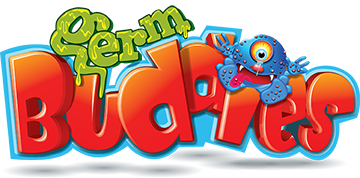CANDIDA

Known as: CANDIDA ALBICANS
About: Fungal infection caused by yeast - Candidiasis
Microscope: Large,round, cream or white in colour
What can it do: Candida is present in very low numbers on all humans skin and is a normal healthy part of the mucous membranes and in the respiratory, gastrointestinal and genital tracts. It is only when there is an overgrowth of Candida that infections can occur.
Help: Candida overgrowth can be treated with changes in diet to reduce the sugars, mainly carbohydrates that Candida feeds on but extreme overgrowth can also be treated with anti-fungal medicines such as Diflucan or Nystatin, for at least a month. Topical treatments for thrush
Infectious rating: Candida is not infectious from one person to another. Infection only occurs as as a result of changes in a persons body and an imbalance which allows Candida to overgrow and create problems in the body. The infections that Candida cause however can be infectious and can be passed from person to person through bodily contact. For example Gardnerella bacteria; and Trichomonas vaginalis, a protozoan.
I feel sick: There are over 20 species of Candida and each has the ability to cause the body problems. The most common illnesses have irritating but not dangerous symptoms such as tiredness and fatigue and athletes foot or nail fungus. Diarrhoea, bloating and digestive problems can also be found as well as some skin problems that cause itching and rashes. Candida has the ability to affect the blood, heart, brain, eyes, bones, and other parts of the body.
Skin symptoms: Eczema, psoriasis, hives, and rashes can occur.
Lung symptoms: Mostly seasonal allergic reactions but more severely
Tummy/intestine symptoms Constipation, diarrhoea, and bloating
GEOGRAPHY AND STATISTICS
Candida is present in all worldwide populations.
